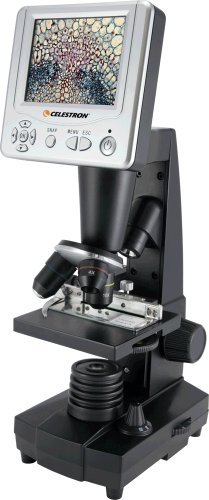We will see the evolution of the Home Air Purifier, as some call it. And I want to also mention that the term air purifier has been abused. Many claim to sell the best air purifiers when in essence they're only air filters. So we'll start there.
An air filter is a device made to draw air through filters, made up of different materials, to capture particles in the air. There are still quite a few of these selling today as air purifiers . But they now use different, more sophisticated filters such as charcoal, activated carbon or Hepa. This new filters have better absorption of particles and some chemicals, but they are still filters that you have to replace periodically. Now, how much of the air in your home, do you think the device can circulate through? The fan of a central air conditioning unit, which is quite powerful, can only circulate about 20% to 40% of the air in your home. What about the rest of the stagnant air in your home? Keep that in mind.
Then we have the electric air filter or electrostatic precipitator, which I call the 1st generation ionizer. This unit used negative ions to attract particles in the air to anything below. That idea evolved, and now uses positive ions to attract particles in the air to the negative collector plates in the unit, thus collecting even small particles of dust without the use of filters. Is this an Air purifier? I don't think so, the plates need constant maintenance, because when the plates are covered with particles, they no longer catch the particles, they just go by. And again, how much air actually circulates through there?
Along came the ozone generators, that use ozone to clean the air. They tried to duplicate what nature does outside, but what nature does is a three step process, not just one. Ozone is not bad, it's created naturally for a specific purpose, but as they say "too much of a good thing, is not good". One thing about ozone generators, is that they pretty much cover the whole area they're in. Air purifier? Not quite.
Now comes what I call UV technology. The beginning of the air purifier , It started when NASA needed to remove chemical pollutants from within the space shuttle during it's mission trips. The solution Photo-Catalytic Oxidation, a process in which UV light causes a reaction on titanium dioxide, which in turn would create oxidizers that dissolved pollutants and turn them into water vapor. That evolved into what is called Photohydroionization a process much like Photo-Catalytic Oxidation, but this time the UV light causes a reaction on different metals, that create various oxidizers that turn pollutants to their original form of oxygen or hydrogen.
But even that has evolved to what is now known as Radiant Catalytic Ionization. This process uses a UV light and a rare metal hydrophylic coating to produce hydroxyls (combined water and oxygen particles) that acts like a purifying plasma to scrub the air. It also duplicates ionization (electrically charged particles generated in a thunderstorm) and oxygenation (the oxygen saturation of air to purify contaminants) that occur in nature and uses them to clean your indoor air. This technology has the three steps process to clean indoor air, ionization (removes particles from your breathing space), oxygenation (removes odors) and irradiation (kills germs and bacteria). The purifying plasma travels all over the house and get in every nook and cranny it can find, killing germs, bacteria and viruses on every surface giving you complete coverage. Finally, we have an air purifier.
4x4 Atv Coupon Boppy Wedge Guide Masterbuilt Electric Smoker Order










